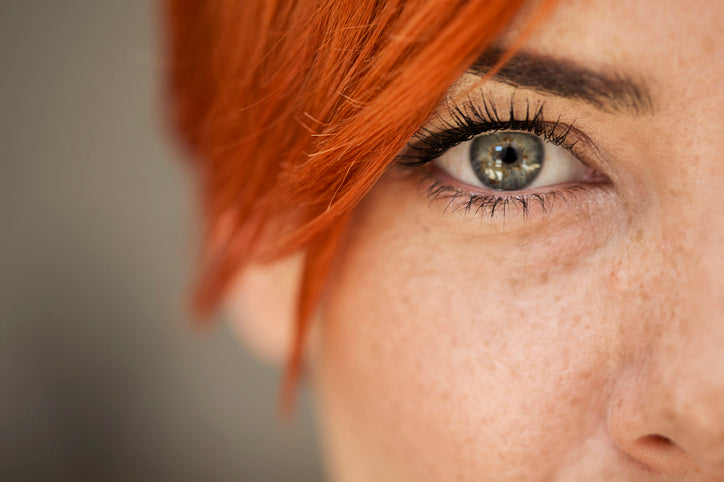Balance & the Basal Ganglia | The Power of Eye Movement Exercises on Stability

Fall reduction, balance training and body awareness training are all key concepts for the baby boomer and the individual living with a chronic neurological condition such as MS, Parkinson’s or neuropathy.
Being able to balance on one leg is not only a skill but a necessity when it comes to walking. In fact, it was the ability to stand on one leg that led to the evolution of bipedalism and walking as we know it.
With age, injury and disease our ability to stand on one leg gets compromised. From decreased vision, hearing loss, poor sensation of the feet and a slower nervous system, one may begin to notice an increase in their sway, weak ankles and fear of foot placement.
Often times when one thinks about improving balance and performing balance exercises, they think they need to be on unstable surfaces. That you need to be on a Bosu, dyna disc, wobble board or Airex pad to improve balance.
Surprisingly, this is not true! You can improve balance just as effectively – or I’d argue more effectively – by just standing on one leg and perturbing the system through eye movements or doing cognitive tasks (aka dual tasking).
In this article I’m going to go over how doing eye movement exercises is an effective way to not only challenge balance – but also to improve it!
Balance & the Basal Ganglia
To appreciate the power of eye movement exercises, one needs to understand a part of the brain called the basal ganglia.
Housed in our limbic system, the basal ganglia is a part of the brain the plays a role in both small muscle movements, such as eye movements, and large muscles movements, such as walking.
This movement relationship in the basal ganglia has demonstrated to be an effective way to improve balance. A 2018 study found that 6 weeks of combined balance and eye movement exercises improved balance more effectively than balance exercises alone.
The integration of eye movement exercises are a great way to enhance and upgrade any current balance regimen or fall reduction program.
Below are some of our top eye movement exercises.
Please note that during all of these exercises you want to ensure that the hands and feet are being stimulated to further activate the brain.
Be barefoot, stand on a Naboso Mat, hold something in the hand such as a Neuro Ball or the Sensory Sticks. We call this sensory stacking.
Here we go!
Eye Movement #1 – Head Turns
Start by standing on one leg or in a tandem stance. Slowly turn your head to the right and to the left to shift both the vestibular system and visual system.
To further improve the benefit of this exercise every time you turn your head spot something and engage the core.
Perform 2 head turns to each side and repeat on the other leg.
Eye Movement #2 – Eye Tracking
Holding a pen or something in the hand you can either move the hand and the eyes track or move the head and the eyes track. Both ways are an effective way to train the eye muscles.
To further improve balance, make sure the feet and other hand is stimulated. Perform 5 rounds then repeat on the other side.
Eye Movement #3 – Saccades
This is one of the most effective eye movement exercises. Standing on one leg or in a tandem, keep the head stable and only move the eyes.
Look all the way to the left, spot something and then quickly move the eyes to the right and spot something. Quickly look to the left again and repeat back and forth 10 times.
To improve efficacy, you can use a metronome or something to keep tempo and do make sure you spot something every time you move your gaze.
Eye Movement #4 – Peripheral Vision
This last one is my favorite. Start on one leg or tandem stance and begin to look for into the distance about 100 meters. While staring at one spot far in the distance start to take notice of everything in your peripheral vision. Call out what you see, but do not move your gaze.
Hold for 15 seconds and repeat on the other leg.
Perform at least 1 or 2 of these eye movement exercises on a daily basis. Now everyone responds to eye movement exercises differently which means you may only want to start with one exercise. You may want to start these exercises in a seated position.
When building out a balance program remember to design it in a way that allows the nervous system to “win”. Give sensory stimulation when challenging the balance, use compression apparel, use body tension. You can learn more about great balance hacks HERE
Want to up your balance even more? Try these eye movement exercises on the all-new Naboso Kinesis Board!